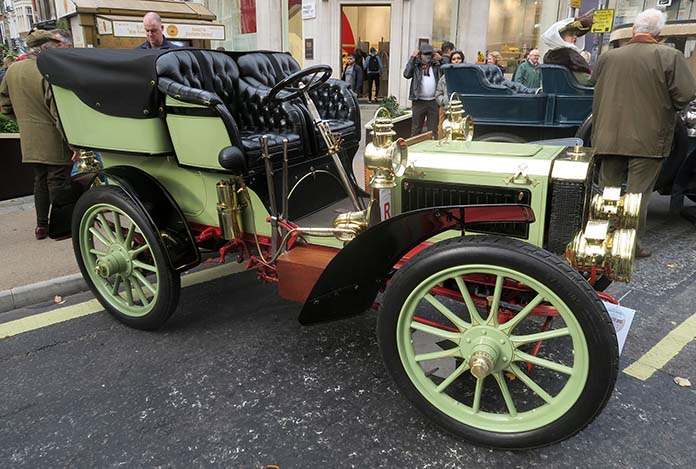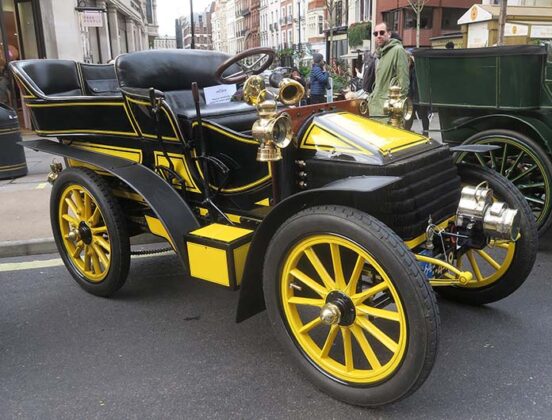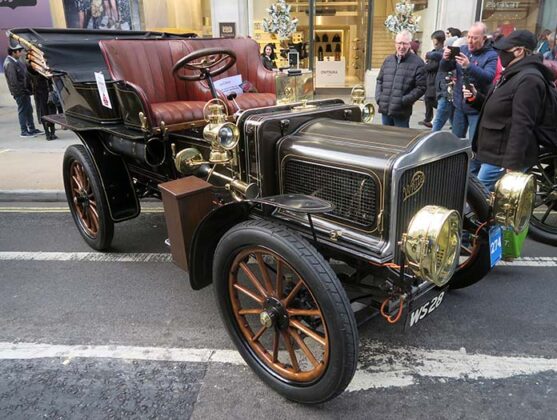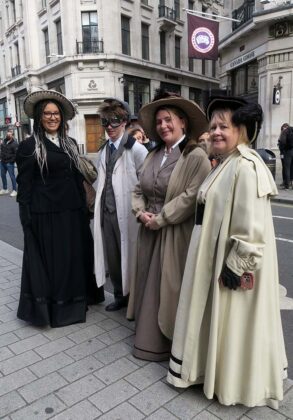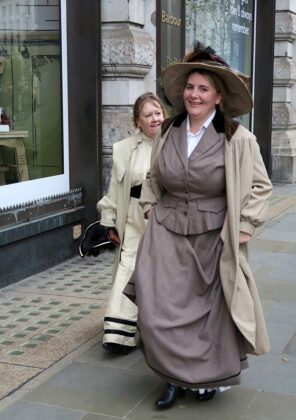Every year I try to get across to London to witness the spectacle of the London to Brighton Run for Veteran Cars.
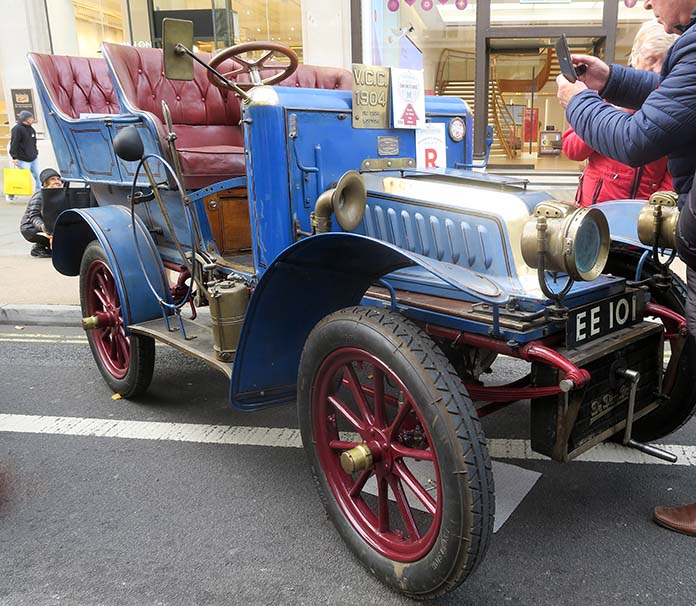
It marks a week of motoring themed events and none better than the series of lectures on various motoring topics at the Royal Automobile Club.
This year we had Mary Archer, yes that Mary Archer, the Chair of the Science Group Museum, talking about the history of the railway.

Richard Trevithick is generally considered to have built the first ‘train’ in 1800 even though ‘Puffing Devil’ ran on the road. It met a grisly end on its maiden trip. As everyone repaired to a pub, the loco ran out of water and the red hot boiler set fire to the wooden chassis, destroying it completely.
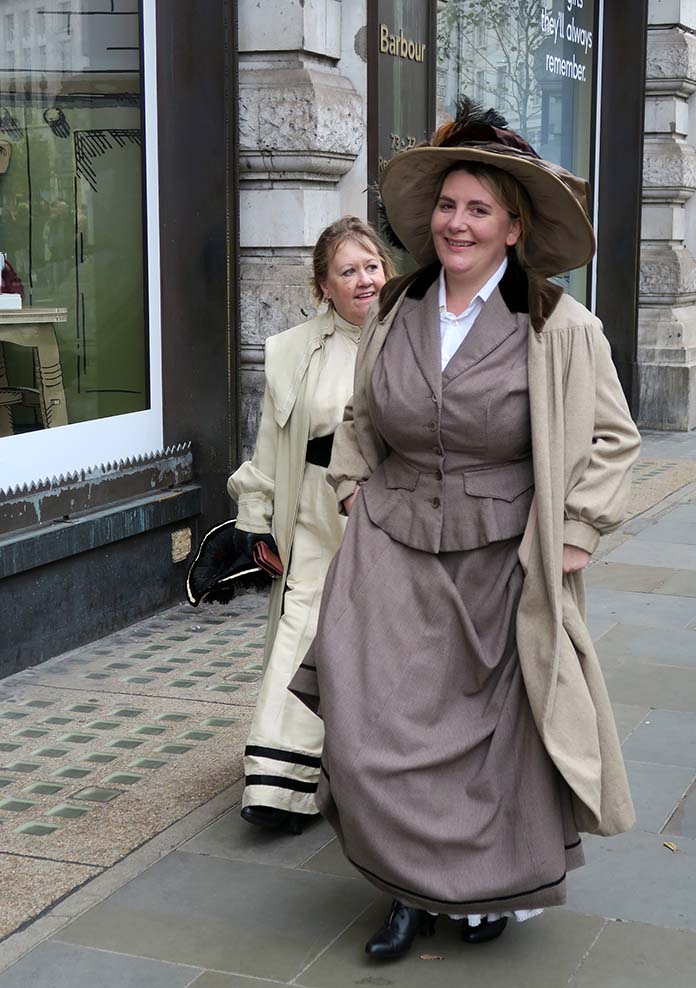
It was 1825 when the first locomotive began to run between Darlington and Stockton but it wasn’t until 1830 when the first modern railway began between Liverpool and Manchester. It’s considered a proper railway because it was intercity, used a double track with signals and rang to a timetable.
This was Stephenson’s famous Rocket and it ran over the local MP on the first day of service!

In 1861 the Red Flag Act came in, restricting cars to 4mph or 2mph in cities and this at a time when trains regularly travelled at up to 60mph.
Despite mutterings, there’s no evidence that these regulations were enacted to nobble early cars, in fact a lot of early motoring pioneers, including Lord Montagu, were also pro rail.

Henry Royce also started his career working on railways and many car companies, including Rolls Royce with their factory at Crewe, chose railway towns in order to access a trained workforce.
Next we had the history of the bicycle, which in some ways parallels the development of the car.
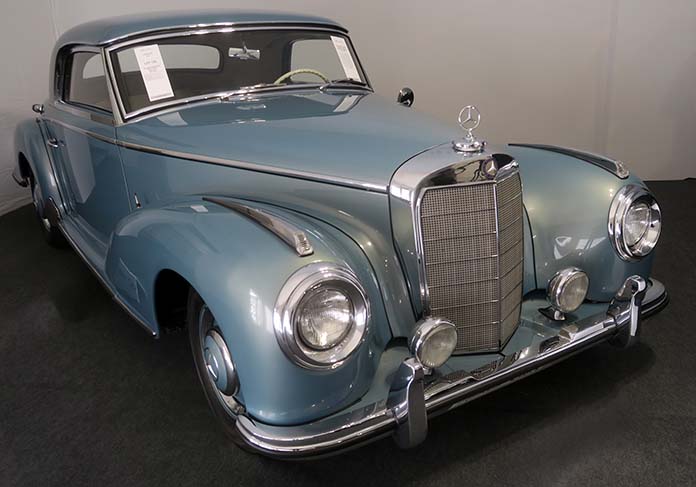
The first bicycle was the Hobby Horse in 1817. It had no pedals, you just sat astride it and pushed along the ground. It was originally designed as a military vehicle but there was really no practical use for it. In 1819 it came to the UK and was immediately legislated against, much as we’re now doing with e-scooters I suppose.
Nothing much was heard about the bicycle until about 1870. The hobby horse craze lasted less than six months as it was just an expensive toy for rich aristocrats.
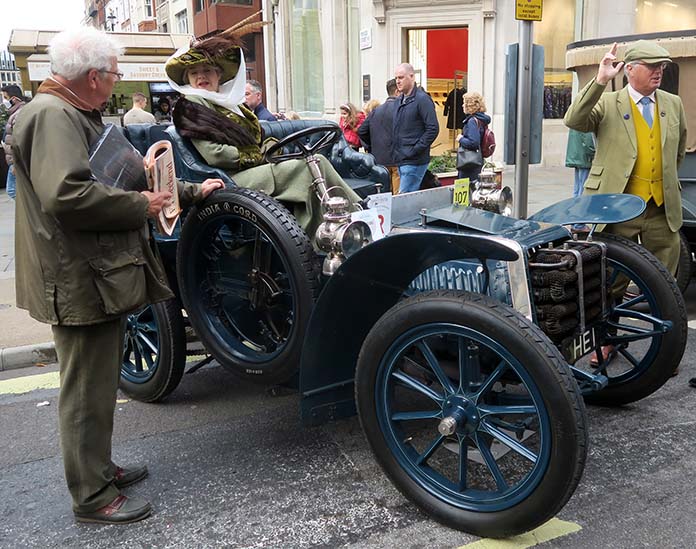
The US came up with the pedalled wheel but there were still no chains, so wheels got bigger and bigger in the search for speed, resulting in the famous penny farthing, although the proper name for this is an ordinary bicycle.
Now a purpose was found for bicycles but it was only racing, so speed was the only thing that mattered. When around 1885, the chain was invented, it allowed the development of the modern, or safety bicycle, and the formula of rear wheel drive, driven by a chain and pedals has hardly changed in over 100 years.

Next it was on to the metallurgy of vintage cars and it was surprising to learn how early machine tools were invented. In fact, by the time cars became a popular fixture on the roads, most of the necessary machines to build them were already around.
Cast iron was used at the dawn of motoring but it wasn’t very strong. Wrought iron was also used but steel, which was developed in the 1850s was the real deal. Alloys like brass were also avilable but were expensive. By 1890, even aluminium was available for use in cars.

Early machining came from the arms industry, as they needed precision and repeatability so parts could be interchangeable. Wilkinson invented a boring machine that revolutionised the manufacture of parts, bringing accuracy down from 10mm to around 1mm. James Watt had already designed and built a steam engine but when it was rebuilt using Wilkinson’s technology, power immediately went from 1 to 15 horse power.
The idea of mass production first came from the navy, who wanted to make 100,000 identical pulley blocks. In the first years of the 1800s Marc Isambard Brunel led the development of machinery to make these blocks. Initially, two factories were planned but the first was so successful, the second was never built.
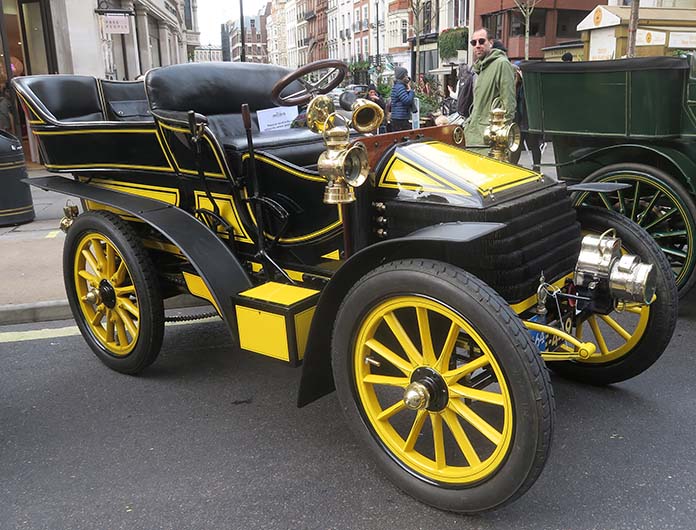
The US took an early lead in steel, simply because they had access to more trees and iron ore. US steel was allowed into the UK tax free but had to be used within 10 miles of entry.
Then Bessemer invented a new process for making cheap, reliable steel. Before his invention, 50kg a day was about the best you could hope for but the Bessemer process produced up to 15 tonnes every hour. Sheffield as a result became famous for its steel and Coventry became the centre for bicycle and car parts.
After the lectures came the traditional quiz, with two teams of experts at the top table taking turns to answer. Two years ago, the last time I attended, I don’t think I got a single question right. This time I was doing much better and got seven or eight. The deal was if either team didn’t get the answer, it was thrown open to the floor for a bottle of wine. Half way through, we had to identify a person from a summary of their career on screen. I immediately knew the answer was Bunkie Knudsen, a GM executive who was also, for a brief period, president of Ford. I fully expected both teams to know the answer but although they came up with a few credible answers, it was duly passed to the floor.
I think the quizmaster couldn’t handle my Clare accent as it took me several goes for him to understand me and confirm that I had it right. At the start of the quiz, he was so full of praise for the red wine and so dismissive of the white, I felt compelled to take the red and it was a very nice bottle, made all the sweeter for having beaten a room full of experts.
A fitting end to the day and there was still the vintage cars to look at during the Regent Street Motor Show on Saturday and even more cars from all periods to drool over at the Sotheby’s Car Auction just down the road from the Royal Automobile Club headquarters.


